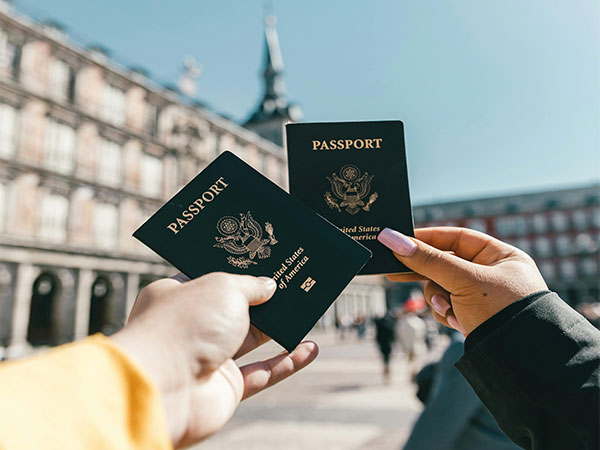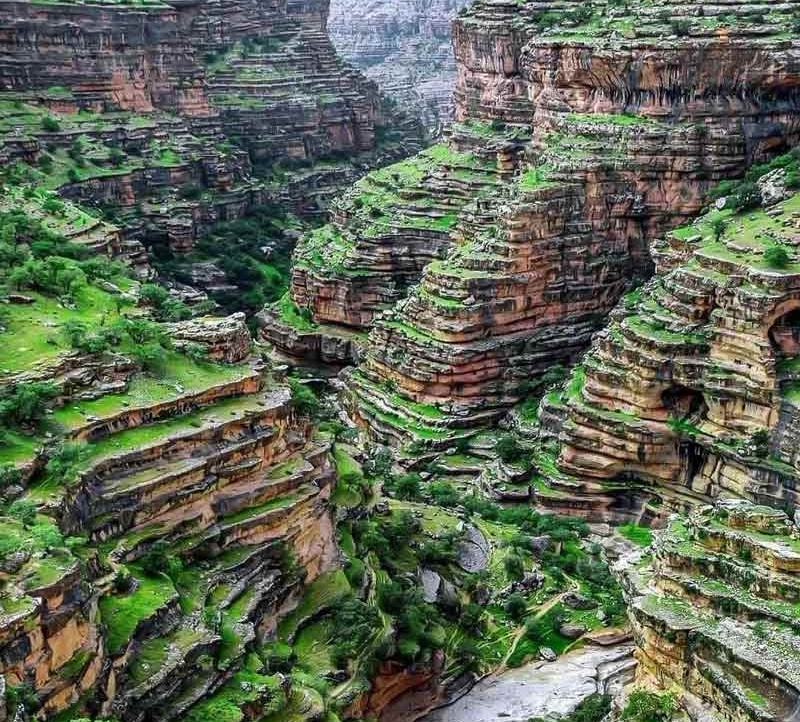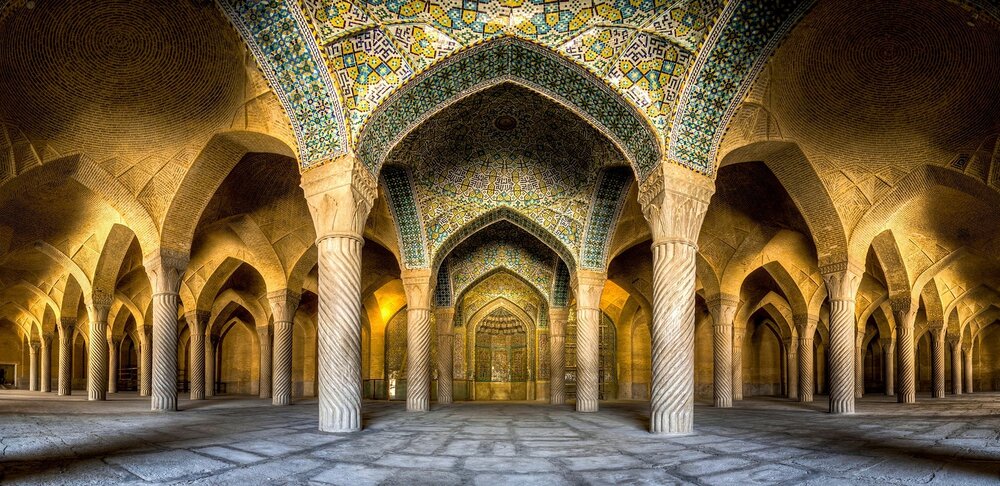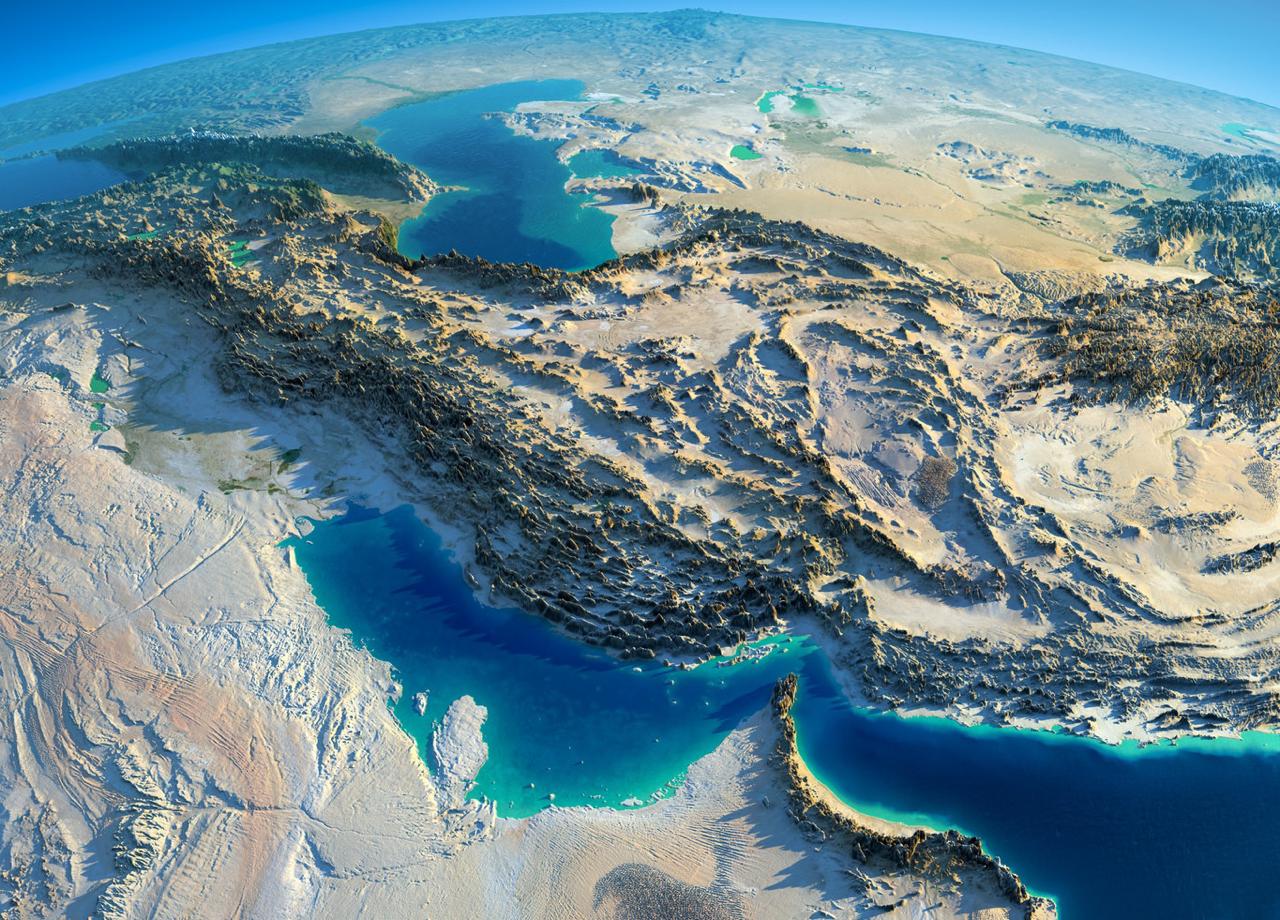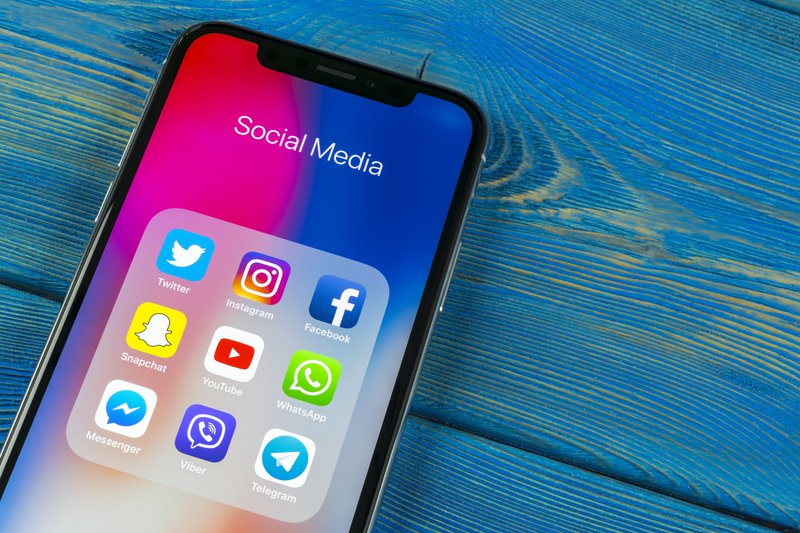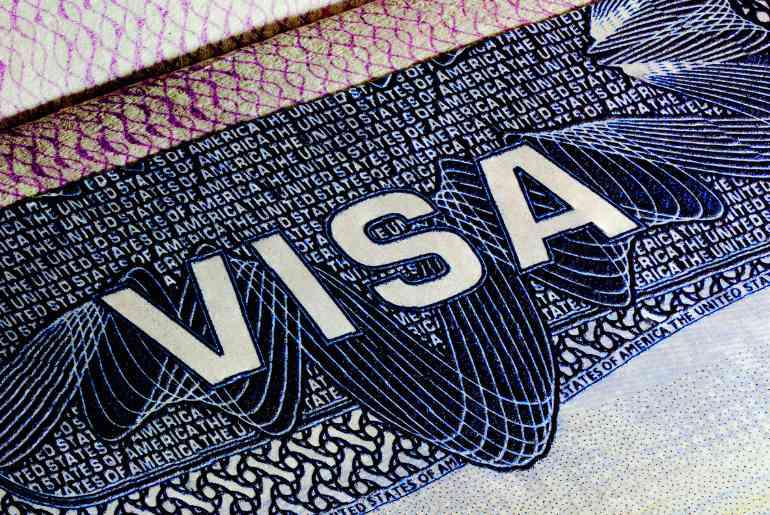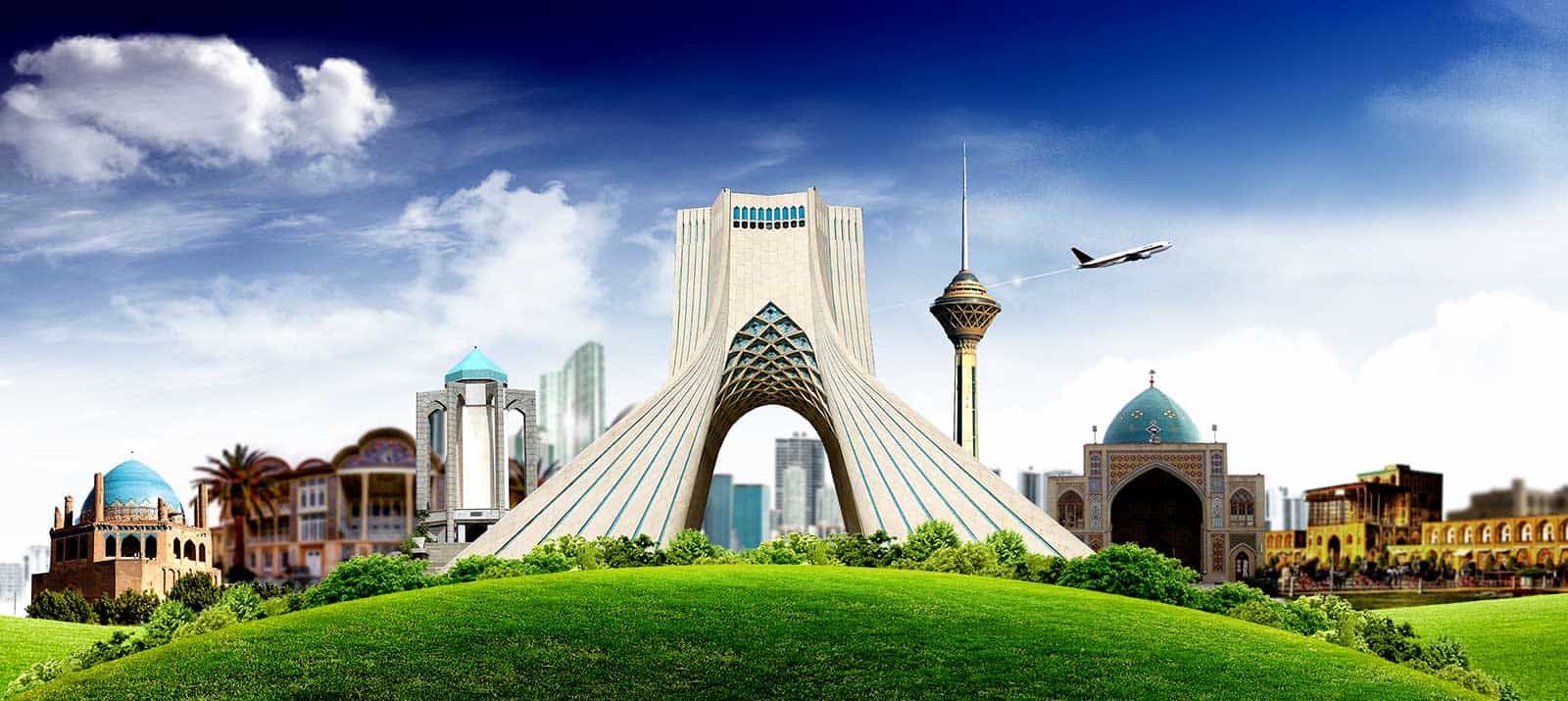Blog | 2025/05/13

Iranian Money: Understanding Rials, Tomans, and Exchange Rates
Iran’s currency system can be quite confusing for international tourists and even for locals who are not fully acquainted with the intricacies of the system. The primary currency units, rials and tomans, play a critical role in everyday transactions, pricing, and financial decision-making. Additionally, the complexities of exchange rates—both free and government-regulated—affect how people in Iran manage their finances and interact with global markets. In this post, we will delve into the differences between rials and tomans, explore the various exchange rates, and provide guidance on navigating Iran’s monetary landscape effectively.
If you are planning to visit Iran or need to understand the financial system better, keep reading! This post will equip you with essential knowledge to handle your finances during your stay in Iran.
1. Understanding the Currency Units: Rials and Tomans
Iran’s currency system is based on two units: the rial (IRR) and the toman. Although they are both used to represent value, there is a significant difference between the two in terms of everyday use and purchasing power.
Rials (IRR): The rial is the official and legal tender currency in Iran. However, due to its low purchasing power and the inconvenience of dealing with very large numbers in everyday transactions, the toman is more commonly used in daily life.
Tomans: The toman is commonly used in everyday transactions, especially when dealing with cash. It is equivalent to 10 rials. This means that if an item costs 10,000 tomans, it is actually equivalent to 100,000 rials. The use of toman simplifies transactions by reducing the number of zeros that are involved in pricing. For example, instead of saying 100,000 rials, people often say 10,000 tomans.
Familiarize yourself with the use of both rials and tomans to avoid confusion when exchanging money or making purchases.
2. The Free and Government Exchange Rates
The Iranian exchange rate system is influenced by both government controls and free market mechanisms. Understanding these differences is crucial for both tourists and locals dealing with currency conversion.
Government Exchange Rate: The government of Iran controls the official exchange rate, which is used for transactions involving essential goods and services such as food, medicine, and basic imports. This rate is typically lower than the free market rate to help keep prices stable and control inflation. The official rate is often not reflective of the true value of the rial in the international market, which leads to discrepancies and inefficiencies.
Free Market Exchange Rate: The free market exchange rate is determined by supply and demand dynamics and is usually higher than the government rate. This rate is more reflective of the true value of the rial in the international market and is influenced by factors such as inflation, political instability, and foreign exchange reserves. The gap between the government and free market rates can create significant challenges for anyone trying to understand the true value of their currency when in Iran.
Call to Action #1: If you are planning to visit Iran, it is crucial to check the latest exchange rates through reliable sources. Be cautious of exchanging money at airports or unofficial locations where rates may be significantly worse. For a more accurate exchange, consider using official banks or exchange services.
3. Navigating Exchange Rate Challenges
Understanding the nuances of Iran’s currency system can be daunting, especially for those unfamiliar with the Iranian economy. Here are some tips for effectively managing money and getting the best exchange rates:
Call to Action #2: Before traveling to Iran, research the most reliable exchange methods and understand the current exchange rates. Be prepared for fluctuations and have a backup plan for exchanging money safely.
4. Tips for Effective Currency Management in Iran
Managing money in Iran can be tricky due to the rapid changes in exchange rates and economic instability. Here are some practical tips to help you make informed decisions and avoid pitfalls:
Call to Action #3: When handling your finances in Iran, always be aware of your options and seek the best rates available. Whether it’s through banks, specialized exchange offices, or online platforms, make sure you are getting the best value for your money.
5. Conclusion
Iran’s financial system presents a unique set of challenges for anyone trying to understand how to effectively manage money while visiting or residing in the country. The differences between rials and tomans, along with the government and free market exchange rates, create a complex landscape for financial transactions. By familiarizing yourself with these concepts and following practical tips for currency management, you can navigate Iran’s financial system more confidently.
If you have any questions or need more detailed information on handling money in Iran, feel free to ask in the comments below. Understanding these nuances will help make your experience in Iran smoother and more financially secure.
Image Placeholder: A visual representation of Iranian banknotes showing both rials and tomans in use, highlighting the differences between the two and emphasizing the need for careful handling of currency while in Iran.
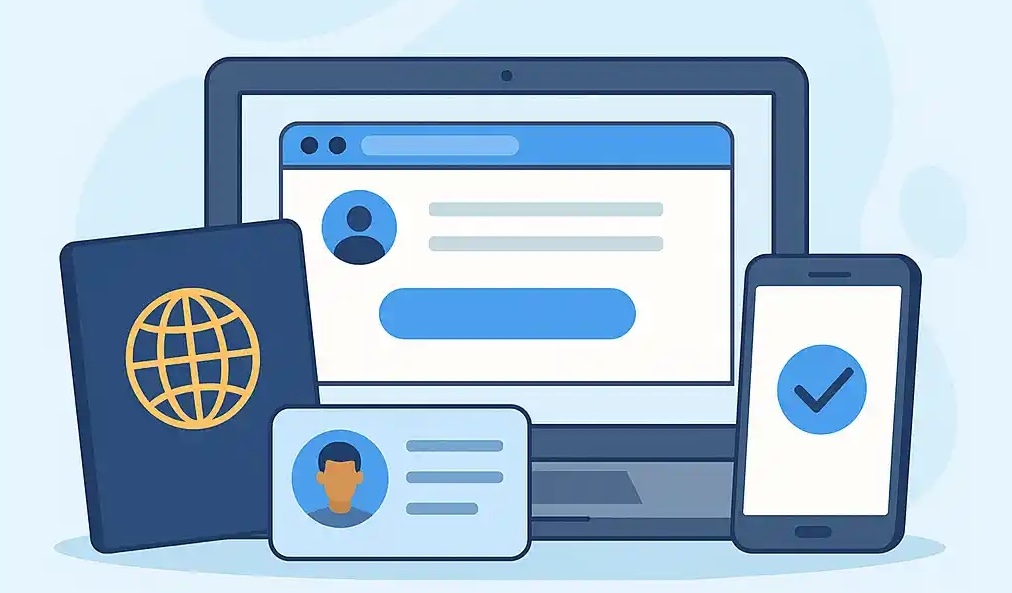
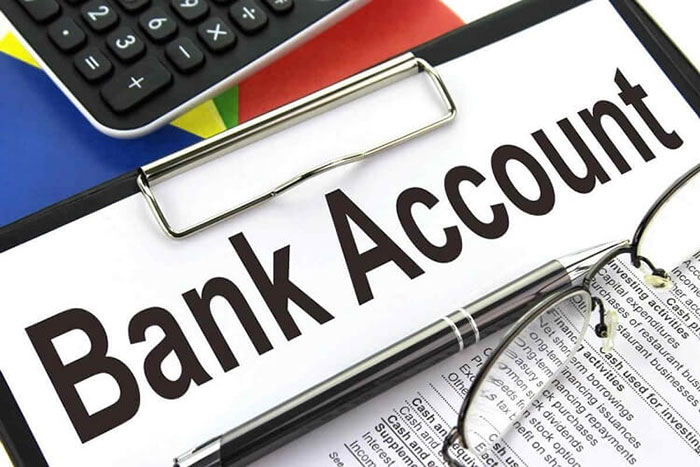
Blog | 2025/08/31
